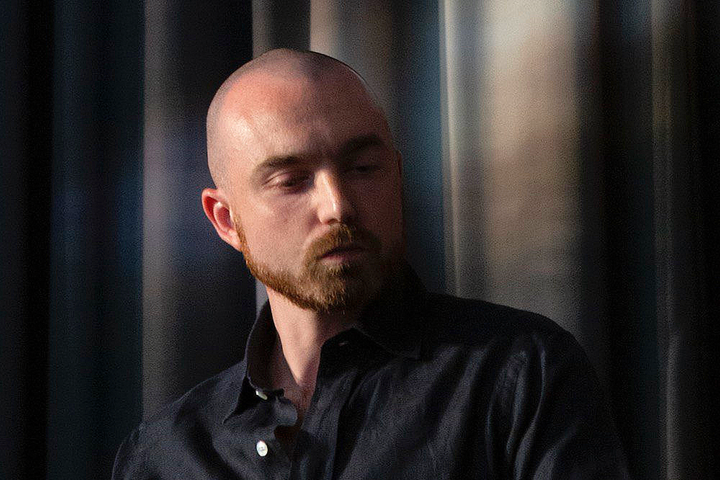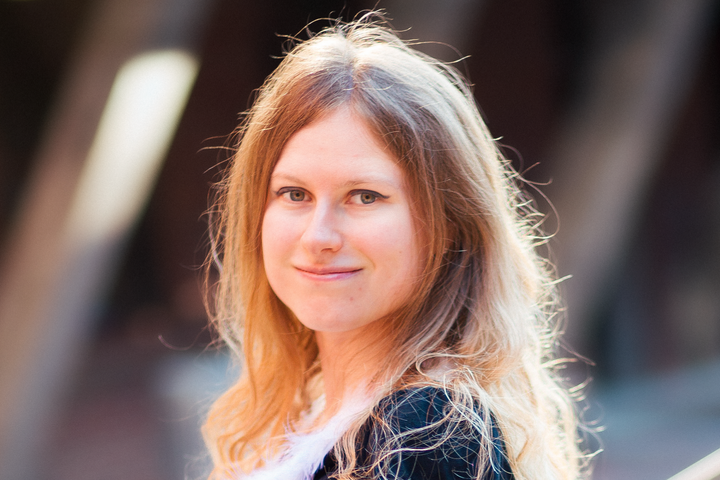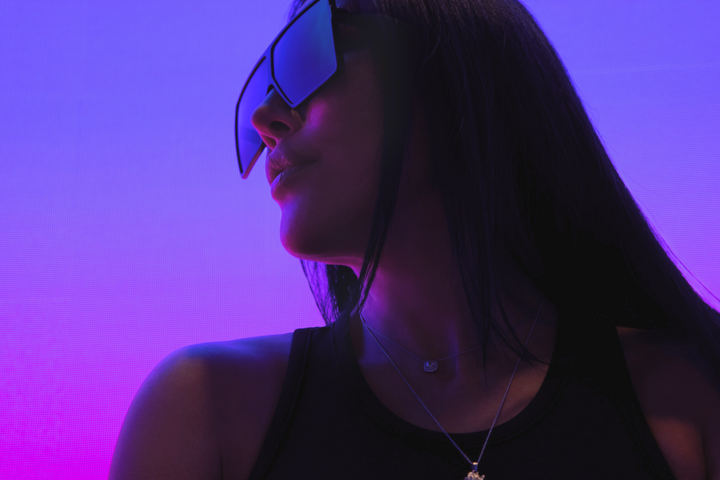Exploring AI, Metaverse, and the "Flowers" series with Philip Colbert

Born in Scotland and living and working in London, Colbert is often referred to as the “godson of Andy Warhol”. Colbert has created a global following for his cartoon lobster persona and his masterful hyper pop history paintings. His work powerfully explores the patterns of contemporary digital culture and its relationship to a deeper art historical dialogue. Graduating with an MA in Philosophy from University of St. Andrews, Colbert's work has received international acclaim in museums and galleries worldwide for his energetic new approach to painting and pop theory. Following on from early Pop painters such as Richard Hamilton, Roy Lichtenstein and James Rosenquist, Colbert's paintings cross high art themes from old master paintings and contemporary art theory with everyday symbols of mass contemporary culture, all narrated through the eyes of Colbert's cartoon Lobster alter ego.
“I became an artist when I became a Lobster” says Colbert.
You mentioned in your recent interview with Vogue that you are working with robotics and artificial intelligence. What draws you to these topics, and what kind of work are you pursuing in these fields?
In my previous work, I've had some experience delving into the realm of robotics and artificial intelligence. My Lobstarbot project gained recognition, particularly at NFT Paris. This project involved an uber lobster robot which makes AI assisted art.
I am currently immersed in the creation of a series of dark paintings. These artworks incorporate stability, diffusion, and AI-generated images based on my past works or collaborative efforts. They depict a captivating clash between the structured narratives I impose and the wild, unpredictable nature of AI. The battle between myself as the artist and the AI is visually portrayed in these complex paintings featuring lobsters and other elements. They encapsulate the conflict between the immense power and intrigue of AI and the more traditional human-driven creativity and control. This tension serves as a profound inspiration for my artwork, fueling a fascinating exploration of the interplay between these two forces.
What are your thoughts on Metaverses, and how do you perceive the concept of the digital world?
I have been deeply passionate about the concept of the Metaverse for several years. I proudly launched Lobsteropolis, which stands as a remarkable project within Decentraland. Lobsteropolis represents a thriving city within the Metaverse and was officially unveiled during a memorable event at the Serpentine Gallery two years ago. Since then, I have been expanding and enhancing this virtual realm, driven by my unwavering enthusiasm to create a transformative global art gallery and experiential world.
Lobsteropolis holds great significance as it provides a tangible manifestation and gathering place for my community of digital citizens. This platform allows them to connect and engage with one another in both physical and digital dimensions. As I continue to be inspired by this project, I actively pursue new conceptual and community-based endeavors within Lobsteropolis. It remains an important part of my work and something I am continually pushing.
What were your first thoughts on NFTs? Why have you decided to launch your NFT series?
I have been creating digital artworks since 2014-2015, collaborating with a London-based company called Sedition. Although their digital editions were not blockchain certified, I found the concept intriguing. While my work with Sedition didn't gain significant traction, we did manage to sell out some editions (this was before the major wave of NFTs in 2020).
In 2020, there was a new surge in interest surrounding NFTs. I had a couple of artist friends in LA, who were involved in the early days of Nifty Gateway. One of them had been encouraging me to get involved in the NFT space. Seeing their success and being familiar with Nifty Gateway through them, I became interested in exploring NFTs further.
Eventually, I launched my first NFT artwork on SuperRare in March 2021, titled "The Cryptofixtion”. It received a positive response and sold for around 25 ETH. This marked a significant development compared to my earlier digital artworks. The timing was fortuitous as there was a lot of energy and enthusiasm in the NFT space, creating a favorable zeitgeist. By this point, I was already deeply involved in the development of the Metaverse.
What makes the latest NFT series "Flowers," released earlier this May, unique and how does it relate to the Lobsters collection?
Initially, the inspiration for “Flowers” came from Andy Warhol's paintings, but the conversations themselves stemmed from the cactus flowers. In my Metaverse, I incorporated these cactuses, subtly referencing Warhol, and integrated them into the nature of my digital world. This led me to explore creating my own flower paintings, contextualizing them as an idea that traversed the Metaverse and then recycled back into my physical artwork.
Hence, I utilized these decorative flower paintings in Lobsteropolis. By including them in physical exhibitions, I aimed to bridge the gap between the digital realm and the abstraction of my paintings. These flower paintings became a consistent feature in my curated exhibitions, introducing a contrasting tone to other works. They have garnered popularity, particularly among the digitally inclined, embracing the concept of open editions and the generation's appreciation for art in the digital space.
Flowers became a captivating avenue to explore, allowing me to delve deeper into the aesthetics of this unique generation. It was a deliberate artistic exploration that didn't detract from my focus on the Lobster project but provided an opportunity to immerse myself further in the subject.
Why do you continue creating NFT works when the market is down?
For me, the market is just one aspect to consider. Whether it's up or down, it doesn't dictate my approach. I'm not solely motivated by the market. While having a market is undoubtedly beneficial as it facilitates reaching a wider audience, the true beauty of media lies in its ability to create unique art with a democratic spirit.
How do you perceive the value of NFT works in comparison to physical works of art?
Digital medium offers accessibility to a much larger audience compared to the exclusive and niche traditional art world, which is constrained by logistics such as shipping. In the digital space, I can explore and create unique works that are more affordable to present to people. I appreciate the democratic nature of this medium.
Additionally, it allows me to delve deeper into a series and create a greater number of works. This creative freedom is intriguing to me. So, in essence, unlocking the idea was a part of the project, fostering creative development.



